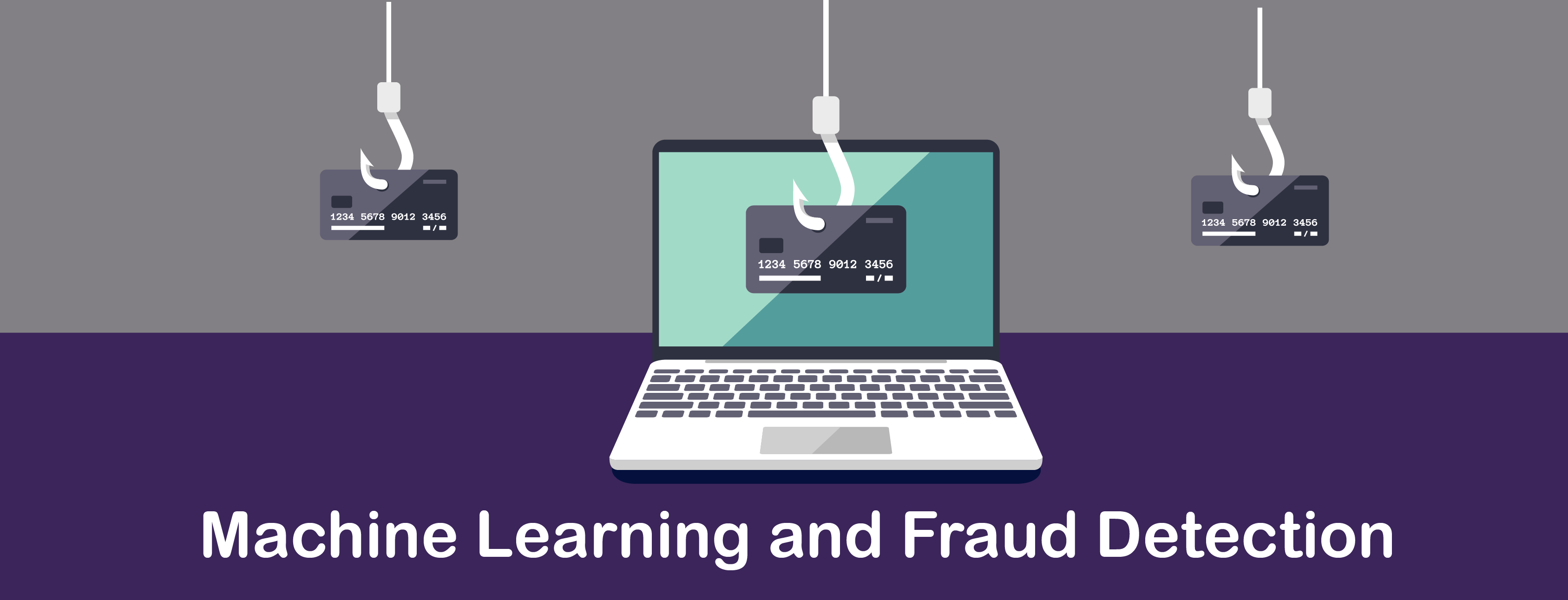
Every click, like, share, search, and comment can be tracked, stored, and processed to deliver a customized online experience for consumers. Using behavioral analytics, CNP merchants can deliver a dynamic, personalized browsing and shopping experience. The impersonal digital shopping experience quickly gets very personal by mimicking an in-store sales relationship.
Now we’re seeing this data analysis move from the level of the online store to a deeper level for fraud detection systems. Just as digital data allows companies to predict consumer wants and needs, it also allows for sophisticated machine learning fraud detection.
The same data that is used to track and predict customer shopping preferences can allow CNP merchants to detect fraudulent transactions before they happen. Moving at the same speed of the data processing that displays the red shoes instead of the blue shoes, machine learning algorithms keep tabs on the shopper identity, their mailing address, and credit card details.
Algorithms Matter in Fraud Detection
Machine learning is not new. It stems from the 1950’s, rising to prominence in the 1980’s with key algorithm developments. However, it is now coming to the forefront in the consumer online experience, thanks to big data. These algorithms have changed how fraud detection can work to better protect CNP merchants.
Built on algorithms, these are some of the common machine learning methods:
- Random Forest. Excellent predictive abilities. Supports a range of data types. Requires special labeled data. The most popular algorithm used in fraud detection.
- Deep Learning. Does not need special labeled data. Strong predictive abilities. Takes longer to train. Cannot handle a range of data types.
- Support Vector Machines. Excellent predictive abilities. Can identify complicated patterns. Cannot handle a range of data types. Needs labeled data. Not scalable.
- Neural Networks. Good predictive abilities. Can manage complicated patterns. Not scalable. Needs labeled data.
- K-Nearest Neighbors. Responsive to anomalies and missing data. Good predictive abilities. Not good at interpretation. Needs labeled data.
While the Random Forest and Deep Learning algorithms are more robust than the other options, this does not mean they provide a flawless fraud detection solution. It all comes down to the data available, how this data will be used, and the end goals of the data analysis.
Similar to using a multi-layered fraud detection approach to analyze and respond to data, the same holds true with machine learning. The key is in using the right algorithm for the right scenario.
Is Machine Learning the Right Choice?
This is not a simple question to answer. When reviewing fraud detection solutions, it’s important to understand what machine learning can and cannot do. Is it the best and only option? Probably not. But should it be ignored because it’s still not perfect? No.
Machine learning for fraud detection cannot:
- Think on its own. The algorithm and fraud detection capabilities depend on the quality of the data.
- Learn quickly. It takes time for the algorithms to learn the data and how to interpret it correctly. Merchants must also have access to large volumes of data to build effective patterns.
- Interpret anomalies. A person can notice a change in buying patterns around the holidays and approve these transactions. Algorithms don’t do this: they see the anomaly and flag the transaction, just as they’ve been designed to behave.
Machine learning for fraud detection can:
- Respond quickly. Consumers want fast and immediate transaction processing. Machine learning enables this with its real-time learning and analysis. Approval or decline happens in milliseconds.
- Be efficient. Whereas human error occurs during repetitive tasks, machine learning remains consistent in repetition and is superior at detecting patterns and anomalies.
- Scale. Traditional rules engines cannot support continually growing datasets and new data inputs. Algorithms such as Random Forest and Deep Learning are quick to train and thrive on large volumes of data.
Machine Learning Is the Future of Fraud Detection
Fraud has become a sophisticated science. The only way to beat it is with sophisticated machine learning models and solutions.
We do know that machine learning is extremely efficient at preventing false positives and reducing the amount of time spent on manual transaction reviews. We also know that CNP merchants cannot simply rely on machine learning to detect and prevent fraud.
It still takes a multi-layered approach of using the best-in-class technologies and algorithms tailored to the data and the scenario to create the ideal fraud detection solution.
Verifi is your trusted resource for fraud detection and prevention solutions. Please contact us to learn more about machine learning and how we envision this technology shaping payments and fraud detection solutions.